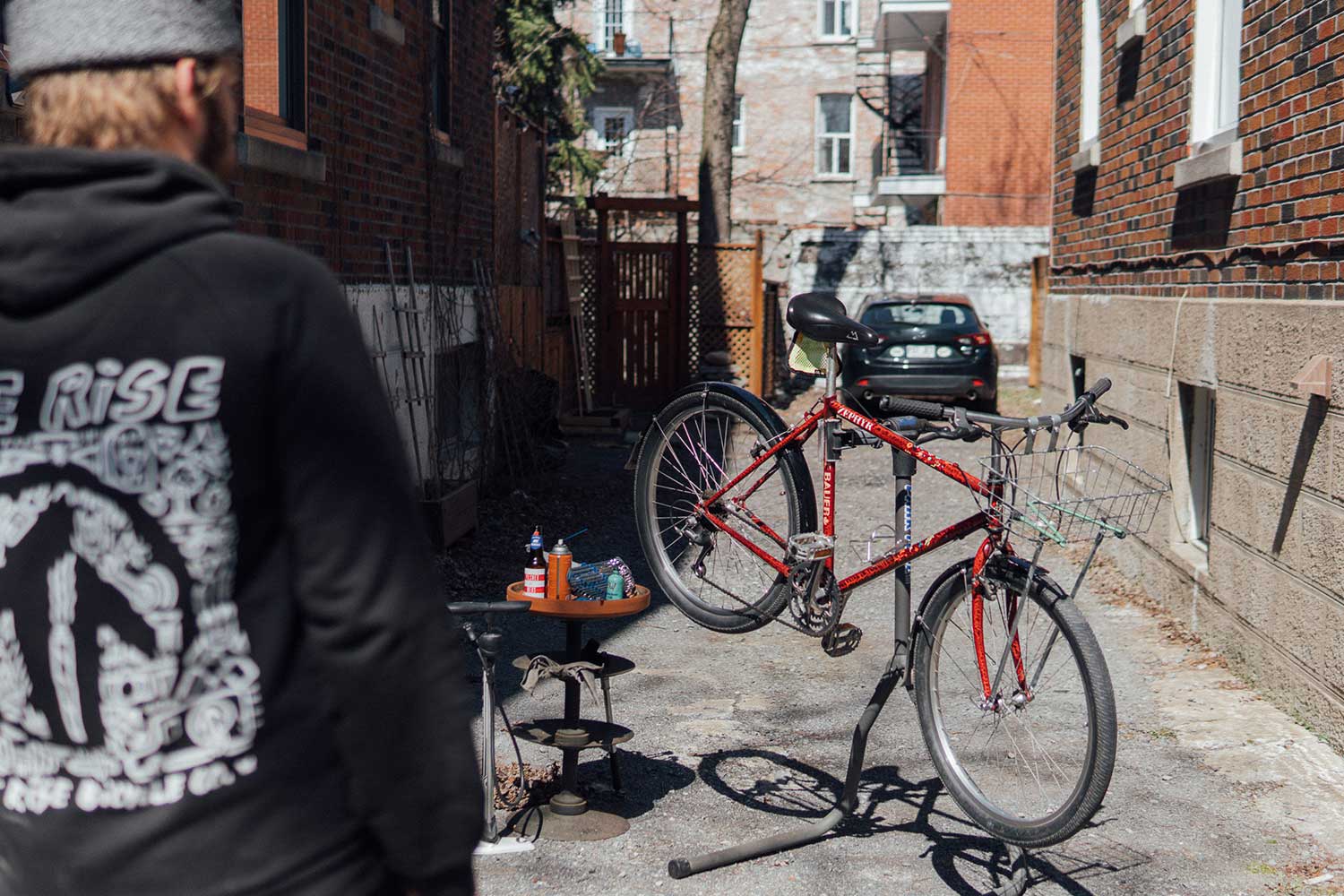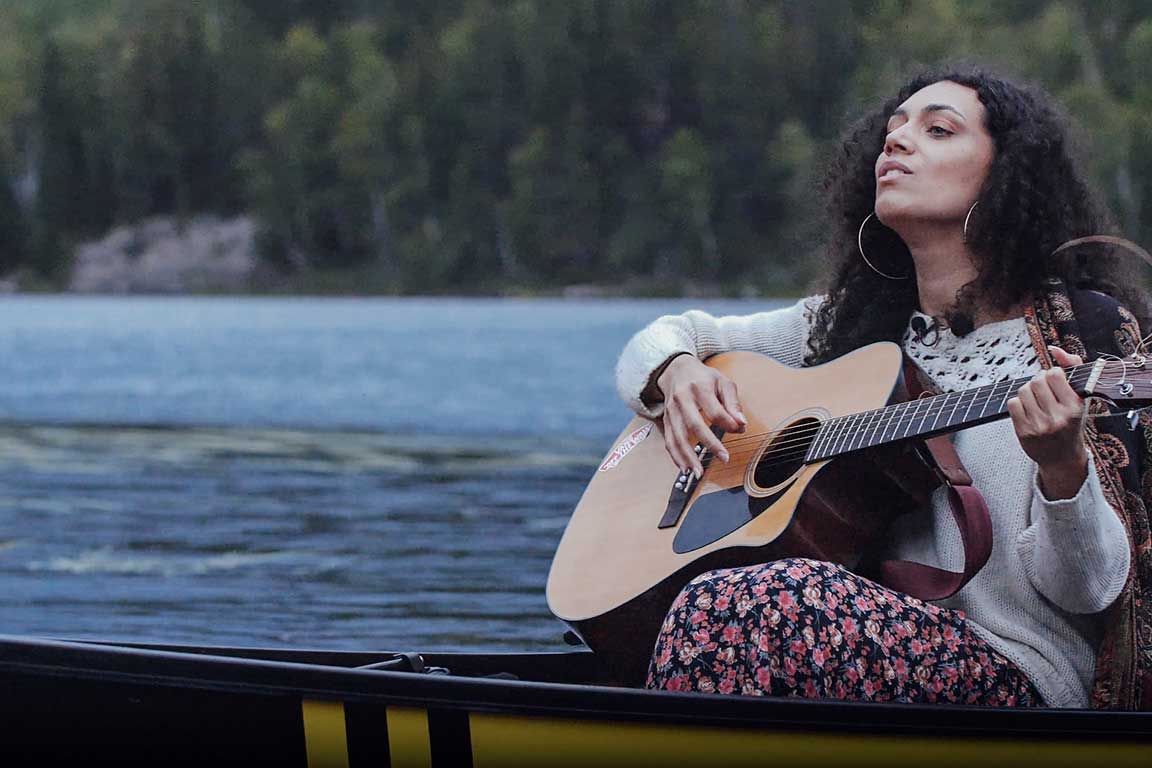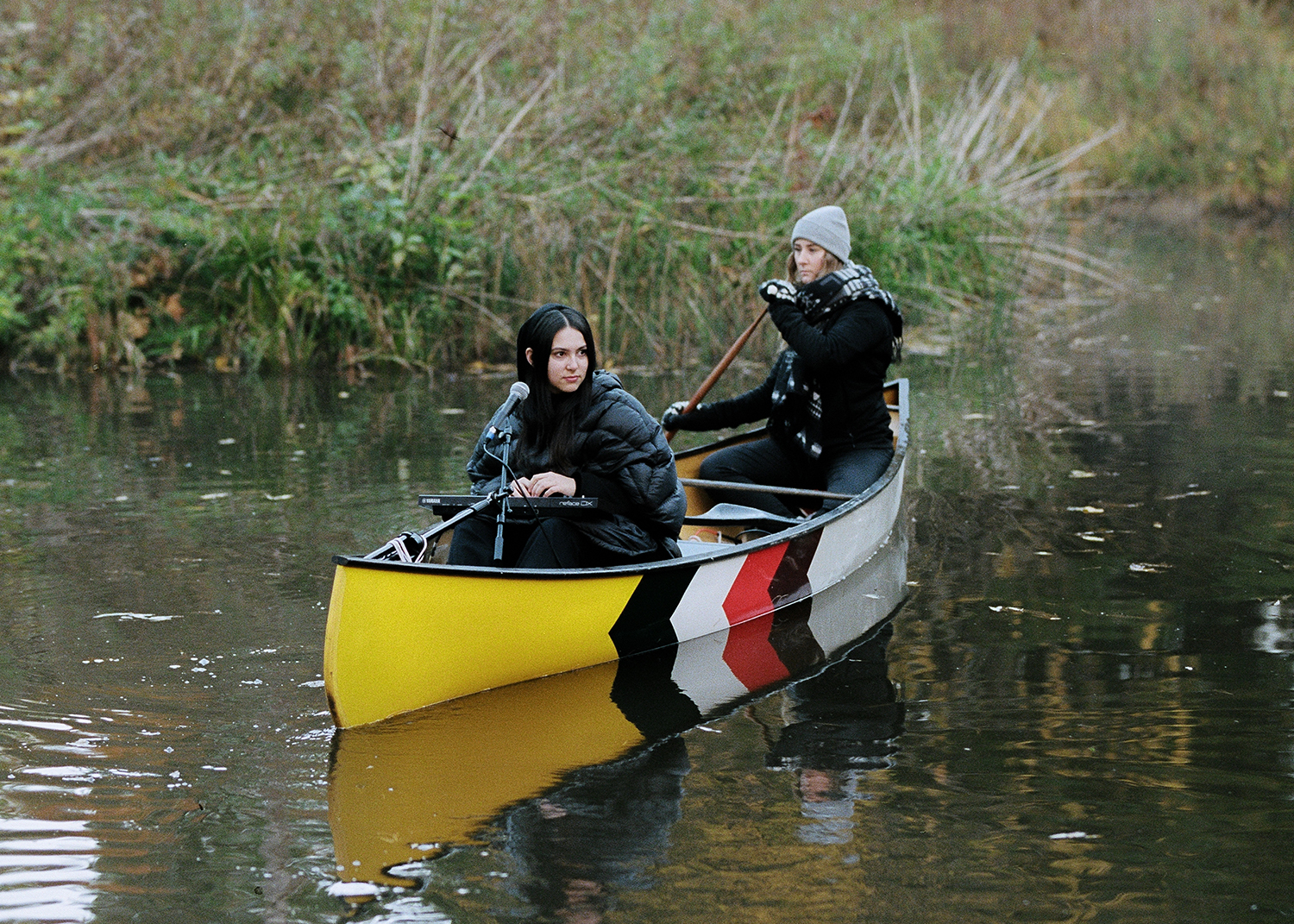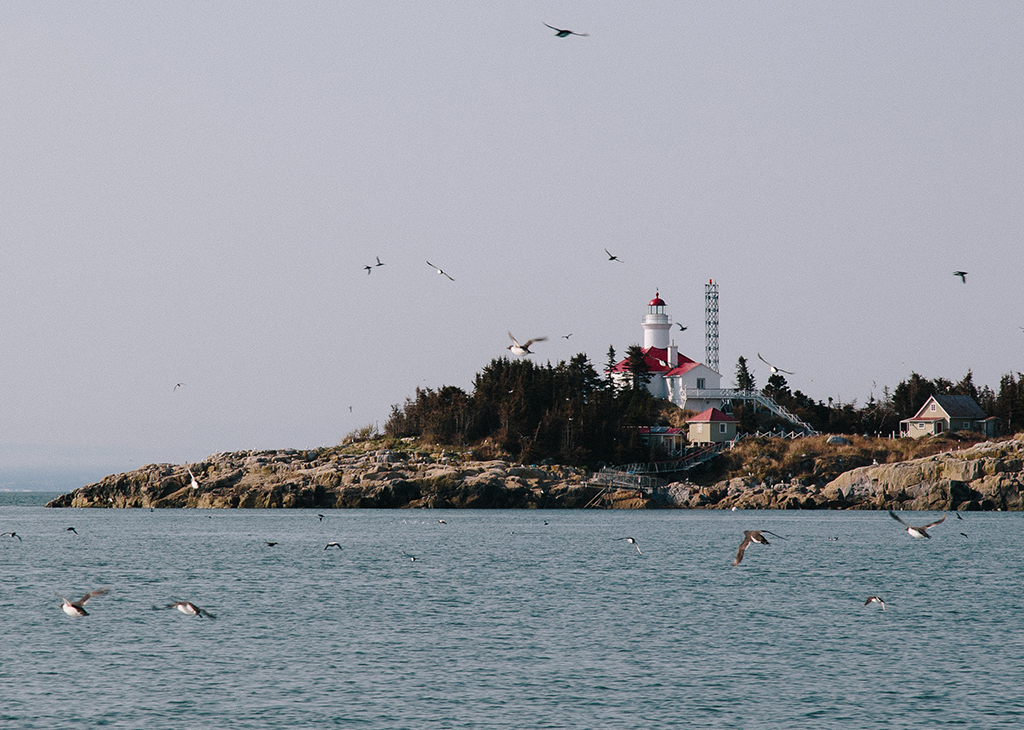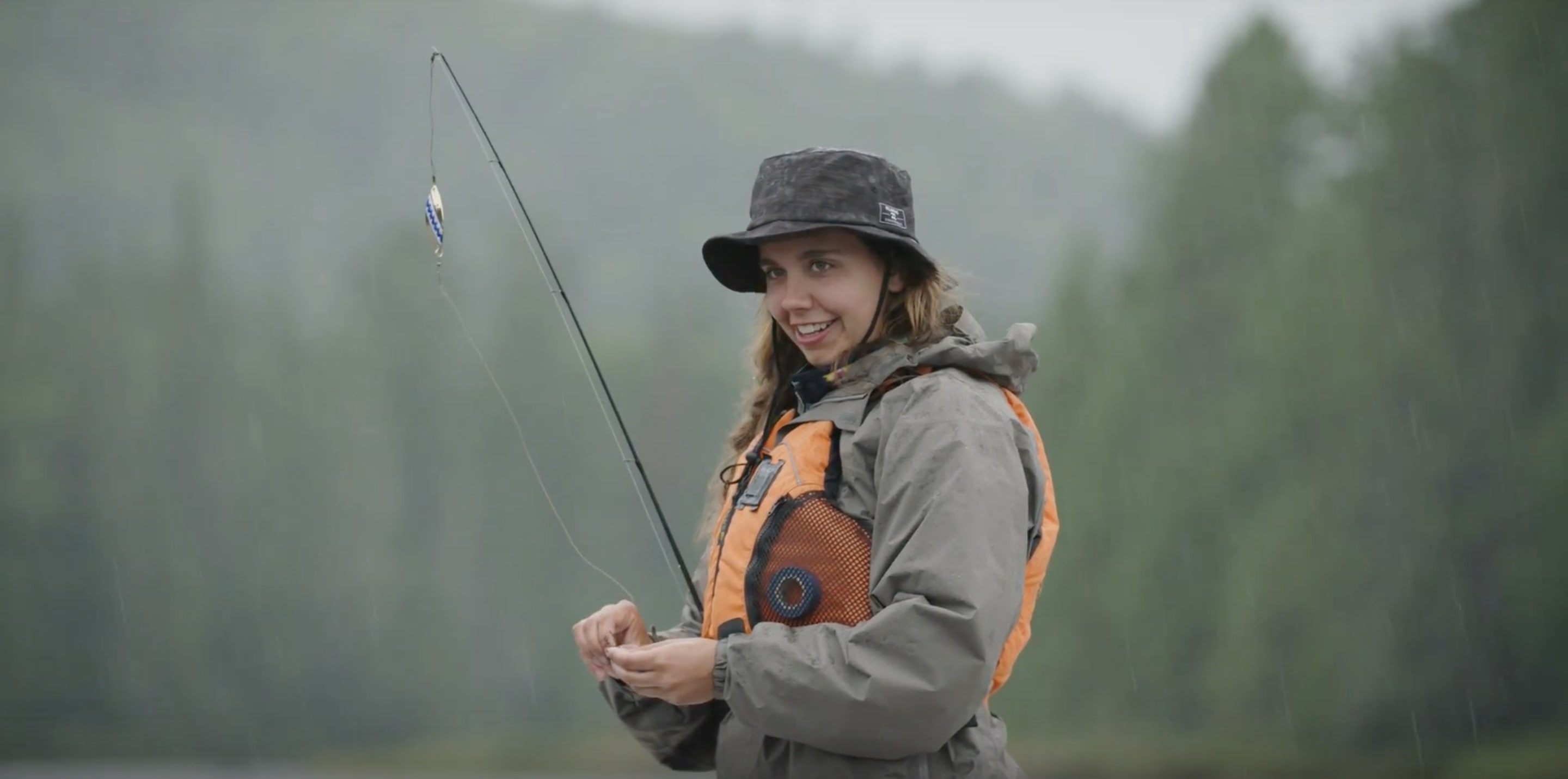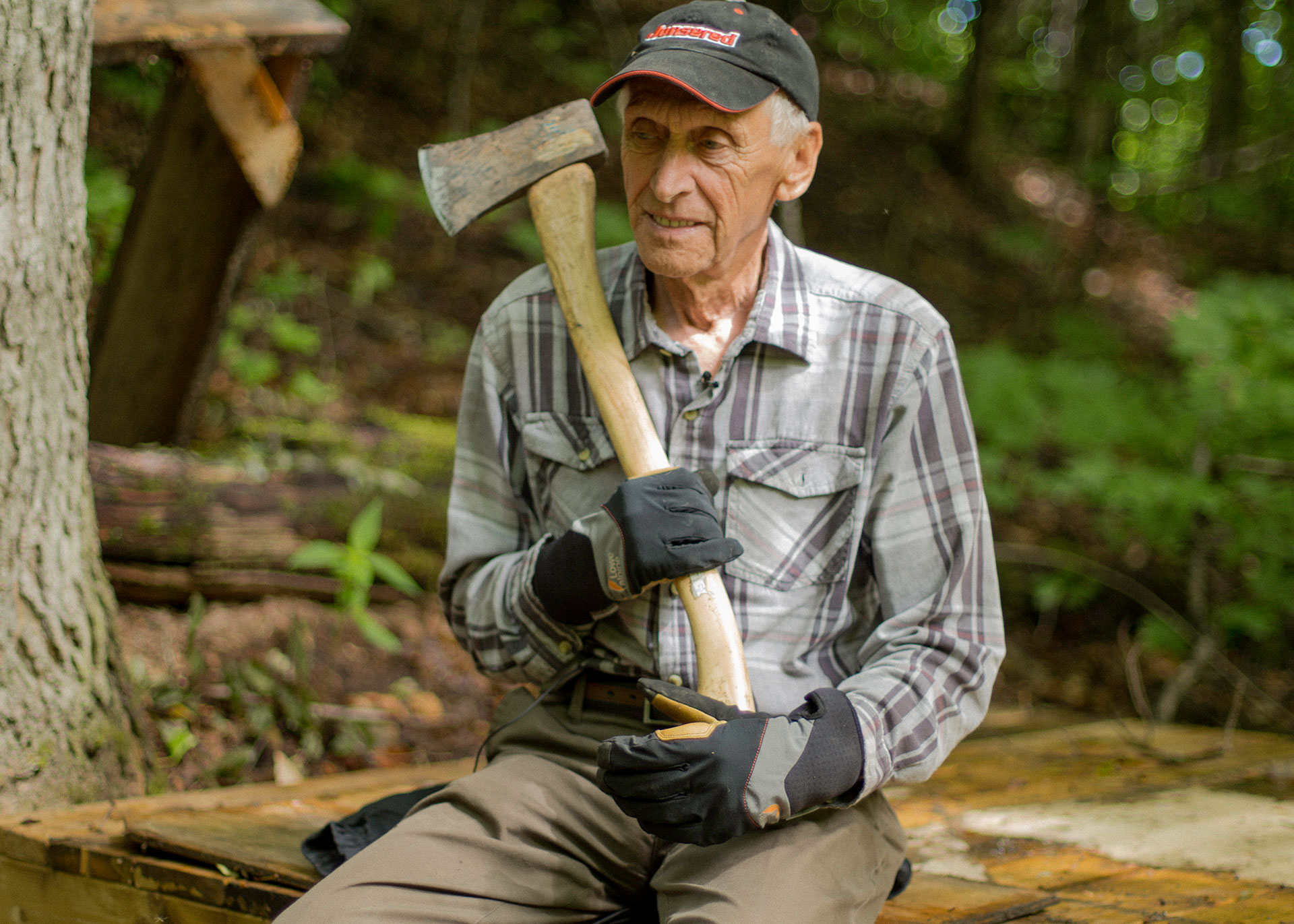Mini-Guides
The Short Guide to Slow Travel
Traveling in the age of carbon credits, geolocalization, and the climate crisis.
It’s a fact: we travel more now than ever before. Apps to find budget accommodations, social networks that push us jealously toward new must-see places, discount plane tickets that come with bare-minimum amenities—all this helps feed our travel desires. But the democratization of travel comes with new questions of responsibility.
How can we continue to travel in a way that’s ethical, on both a human and an ecological level? We certainly can’t all cross the ocean in sailboats. At BESIDE, we believe that even if there is no perfect solution, it’s time we started traveling differently.
The slow travel trend is a healthy counterbalance to the tyranny of instant gratification; and it stems from the concept of slow food, which began in Italy in 1986 as part of an anti-McDonald’s citizen movement. The goal was to preserve regional cuisine and promote local farmers and communal meals. Gradually this idea began to resonate globally as an antidotal response to traveling in an increasingly complex, fast-paced world. The goal of slow travel? You guessed it: to slow down. Savour the journey rather than just the destination. Learn to know a place, its cuisine, its people and traditions, rather than running a marathon of must-sees.
Here are some tips for how to take a trip that’s slower, more mindful, and ultimately more satisfying.
– 1 –
The destination
Hold back from visiting a place you saw in a movie, TV series, or on Instagram.
Fjaðrárgljúfur Canyon in Iceland is now closed to the public. Why? For the most part because our own Justin Bieber went there to film his video for “I’ll Show You,” inspiring a frenzied interest in the once-immaculate site. Considerable damage to the canyon’s natural features has forced the government to prohibit visitors. Similar stories abound: places seen for a few seconds in Game of Thrones, Lord of the Rings and Harry Potter have all since become overrun with tourists.

Instagram, and social media platforms in general, also provoke veritable human tsunamis.
Joffre Lakes Park in British Columbia is another potent example. Thousands of tourists now make the two hour drive from Vancouver just to take the perfect #nature photo on the “Instalog,” a half-submerged log that’s all the rage on Instagram. But this kind of mass behaviour can have damaging effects on the fauna and flora of the visited sites, sometimes irreversibly. By not geotagging pictures when you share your experience with followers, you help to preserve wild and historic sites.
Venture instead to a less popular destination off the beaten path, or one in real need of tourism.
Some destinations offer interesting options for sustainable eco-tourism. Slovenia is one example that satisfies more than one of these criteria: the authorities take care of the sustainability aspect, and the country shows a strong commitment to the protection of natural resources, among other things. Slovenia boasts 4 national parks, 48 certified eco-responsible destinations, and offers a variety of sustainable accommodations. Three quarters of the capital, Ljubljana, is made up of green spaces—aquatic, forest, and agricultural.
Another option is to visit places that are being rebuilt following a natural disaster. In Puerto Rico, for example, the tourist industry was revitalized after the devastating hurricane of 2017. Loyal travelers return year after year with the aim of helping the local economy grow. They venture out from seaside tourist complexes to discover the true culture of the place, as well as its artisans, who are just as much in need of support.
“Travel and tourism is probably the fastest way to recovery.”
Laurie Myers, Project Lead for the Global Travel and Tourism Resilience Council
Gauge the impact of your presence.
The most popular places don’t always have the infrastructure necessary to welcome heavy streams of visitors. Easter Island, in Chile, is simply unable to manage the quantity of garbage produced by tourism. The sewer systems in Venice, Barcelona, and several islands in the Philippines are unable to meet similar demands—their contents are dumped straight into the ocean. Bali is facing a potable water crisis, which is being made even worse by the increasing volume of travelers and the proliferation of hotels that accommodate them.
Our desires for a change of scenery should never take precedence over the needs of the local population, nor those of nature.
If you must visit high-traffic places, go in the low season when your presence will have less of a negative impact on the environment and communities you visit.
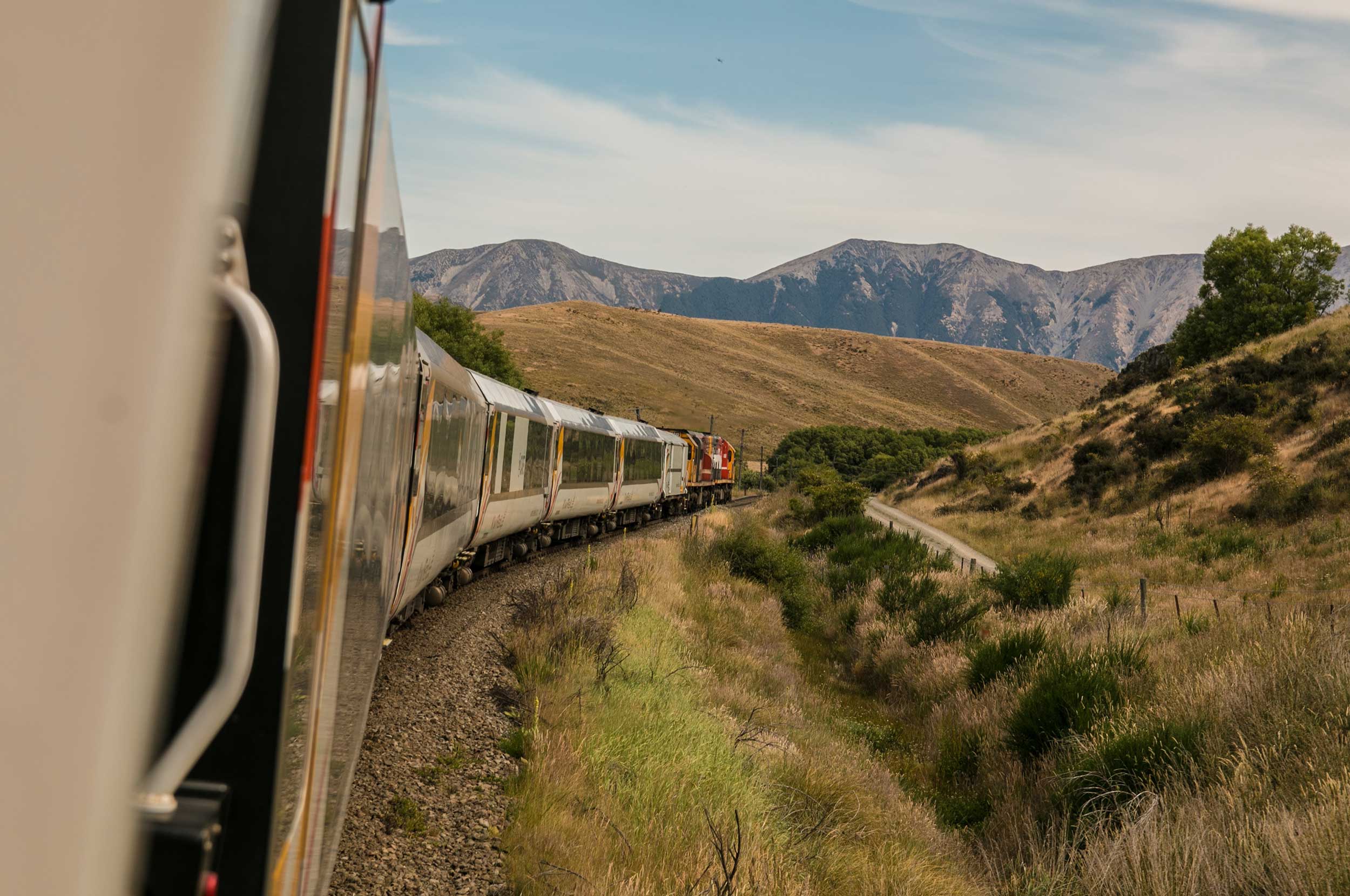
– 2 –
Travel
You feel a pang of flygskam—a Swedish concept that gives a name to “flight shame”—each time you buy a plane ticket? You have growing doubts about the significance of carbon credits? Rightly so; there’s no perfect solution when it comes to air travel. Even short flights leave a large environmental footprint,, since between 10 and 20% of a flight’s fuel is consumed during takeoff and climbing to cruise altitude alone. So even direct flights don’t get around the problem.
That said, we can choose to travel…
… less far.
Wander around your own backyard! We tend to think that adventure can only be found thousands of kilometres away from home, but that’s because we don’t often realize how exciting our own region, province, or country can be. Who knows, you might have a UNESCO World Heritage Site within a train ride away.
… more slowly.
On that note, opt for modes of transport—train, bike, hiking—that become an integral part of the trip. Destinations that once were hard to imagine on two wheels have become more accessible via networks of bicycle paths. Cuba by bike? That’ll sure be different than an all-inclusive resort in Cayo Coco. Want an experience in nature with a minimal impact on the ecosystem? Go on a multi-day hike! Systems of national parks exist all over the planet; the options are almost infinite.

– 3 –
Accommodations
In some cities, tourism has resulted in the number of available living units being significantly reduced, to the detriment of the local population, who are systematically being forced out. To travel differently, use online tools such as Book Different and Fairbnb, which donate 50% of management fees to a charity of your choosing. In this way, you’re supporting local innovation while also encouraging responsible tourism.
Places that are certified green and sustainable should always be prioritized. There are multiple options for small-scale accommodations, such as farms that operate using solar panels, offer fresh organic products, or employ local workers. Or why not…
Try house-sitting.
House-sitting began in France in the 1980s. It’s an option for accommodation on the human scale that promotes mutual aid and makes it easier to have a true local experience: you can either exchange houses, or take care of someone’s house while they’re away. And this model exists in many forms: there’s farm-sitting, pet-sitting, and so on.
Try van life.
The attraction of vanlife has been steadily increasing over a number of years. The trend, popularized on Instagram (of course), has its advantages; like the combination of providing a place to stay and a mode of transport. But this is also one way (not perfect, of course, consider yourself warned) to travel a bit more slowly and visit places in between you and your destination.
Visit near and dear ones (and those that are not so near).
If you are able, circumvent Airbnb and stay a few days with family, friends, or friends of friends when you’re abroad. In addition to deepening your connection with them, they’ll be able to hook you up with their best local spots. And you can justify the love miles accumulated during the trip too.
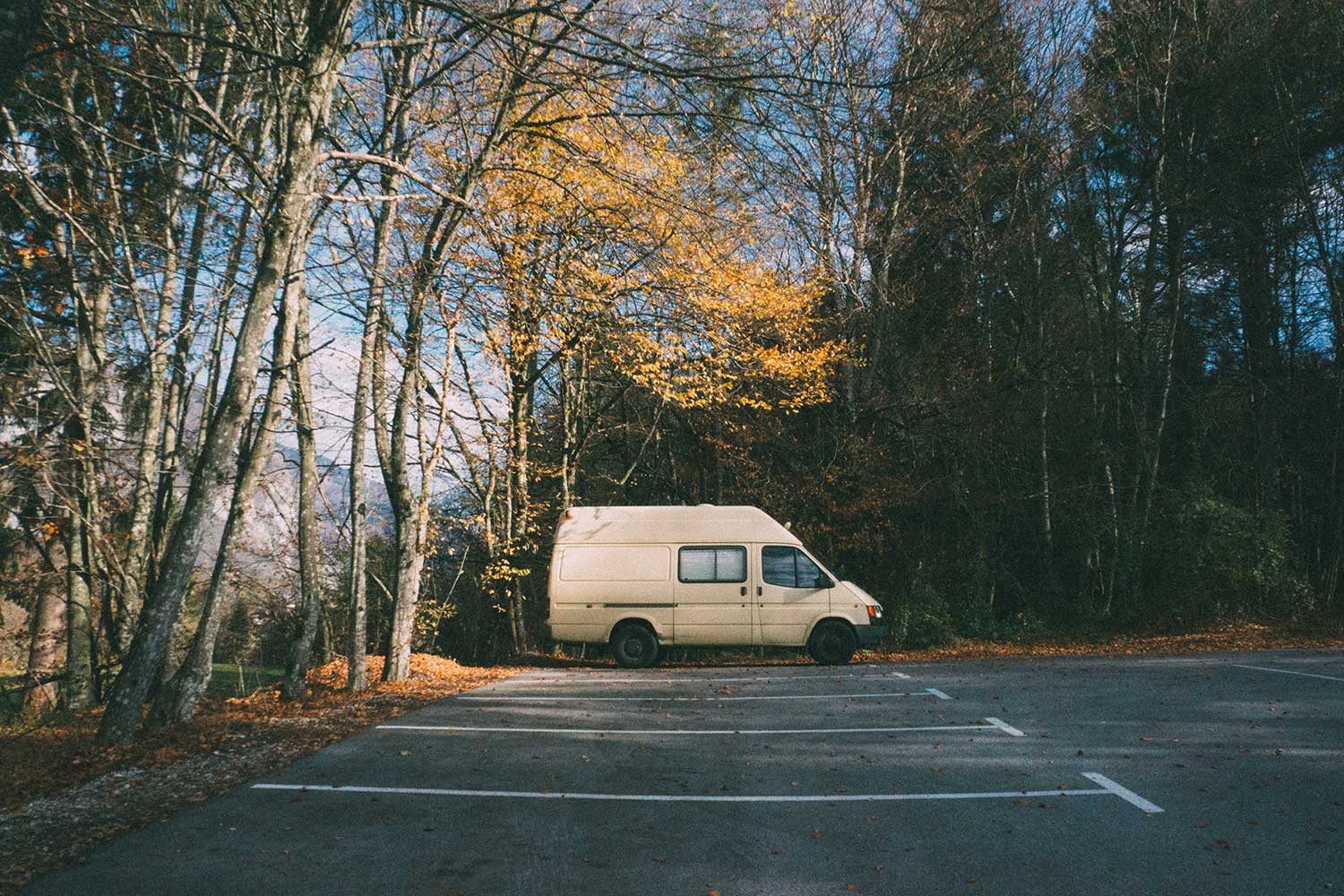
And travel less?
In 2018, 1,106 million people took a flight in Europe. In the U.S., an average of 2,789,971 passengers take off and touch down every single day. Despite these gargantuan numbers, there may be a hint of change in the air. The “Greta effect” has been felt in Sweden, where airports have noted a decrease in average traveler numbers. In 2019, two Swedish activists, Maja Rosen and Lotta Hammar, convinced 14,500 people to spend a year without taking a plane as part of their initiative Flygfritt (no-fly). In this time of cheap getaways to sunny vacation spots and massive environmental disasters, the question arises: how should we travel in 2020? The answers are most certainly to be found somewhere between traveling less, and traveling smarter.




